 © 14th EVN Symposium and Users meeting
© 14th EVN Symposium and Users meeting
Alongside a variety of talks, the EVN users meeting and the EVN vision meeting were held. In the users meeting, JIVE staff gave a summary of the status of the EVN and users provided feedback about the usability of the array. In the EVN vision meeting, the scientific future of the EVN was discussed.
In addition, a CASA-VLBI workshop, organized by JIVE, was offered at the end of the meeting, which gave participants the opportunity to get to grips with developments that enable VLBI analysis to be done using the CASA software programme.
On the social side, the local organizing committee set up a night visit to the stunning Nasrid Palace at the Alhambra as well as a trip to the IRAM 30m telescope, offering the perfect locations to catch up with old and new colleagues from across the VLBI network.
 © 14th EVN Symposium and Users meeting
© 14th EVN Symposium and Users meeting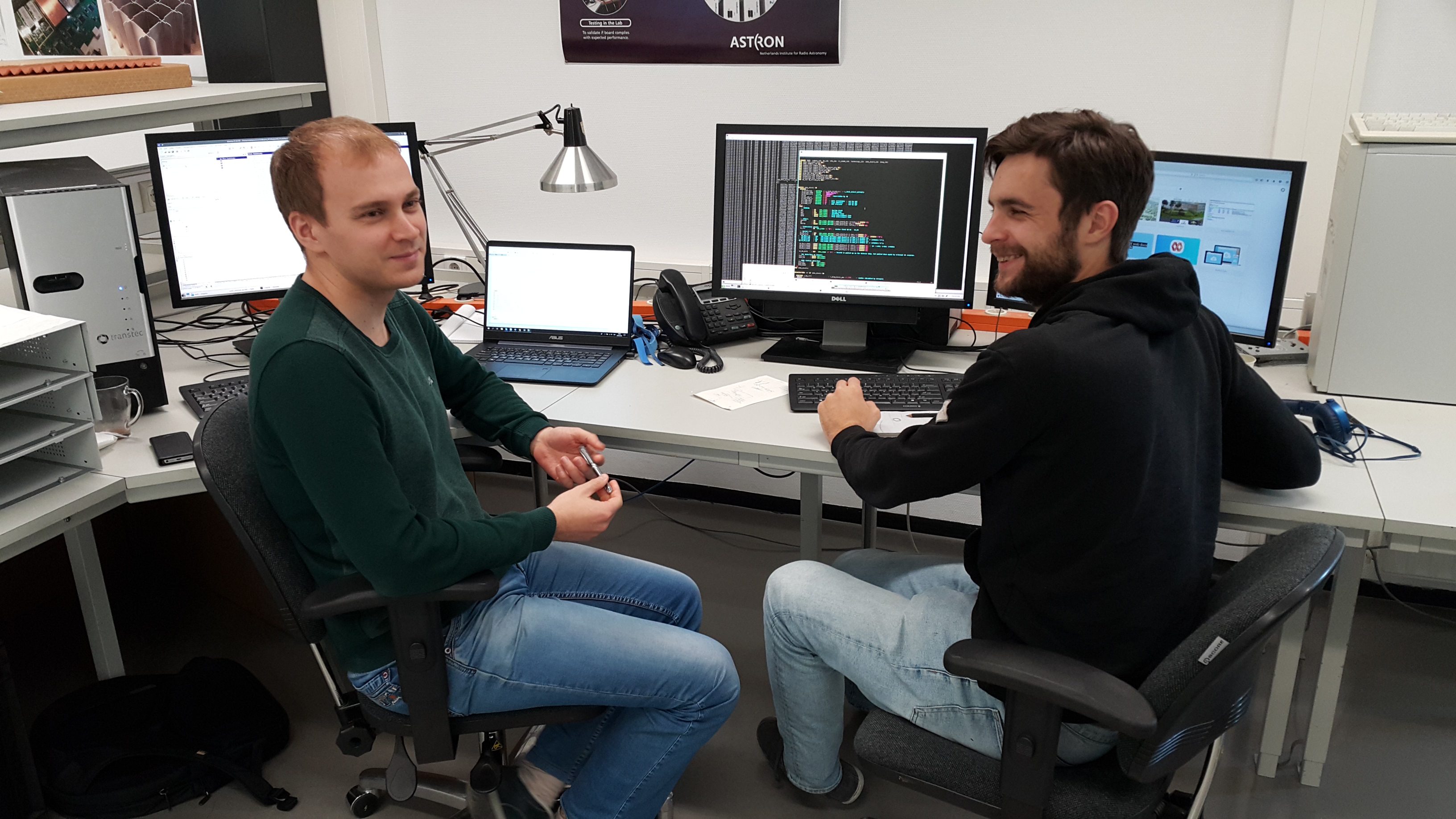 © Astron
© Astron © Colloquium
© Colloquium © ASTRON / Top Foto
© ASTRON / Top Foto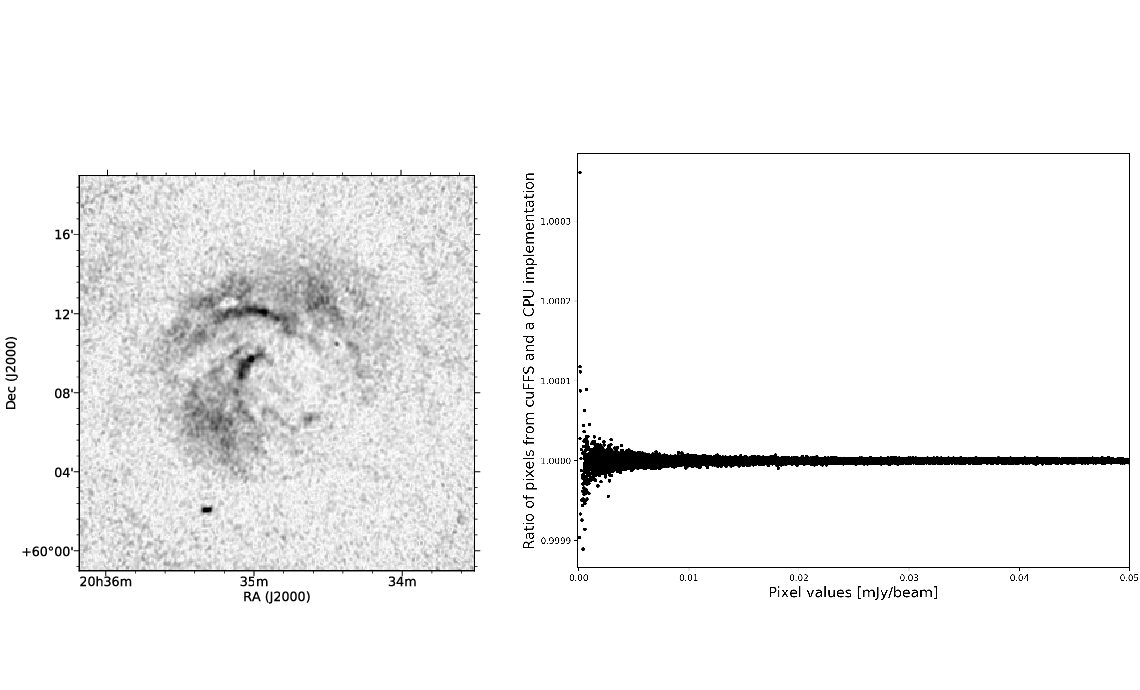 © Sridhar, Heald & van der Hulst (2018)
© Sridhar, Heald & van der Hulst (2018) © astron
© astron © Sandra Etoka
© Sandra Etoka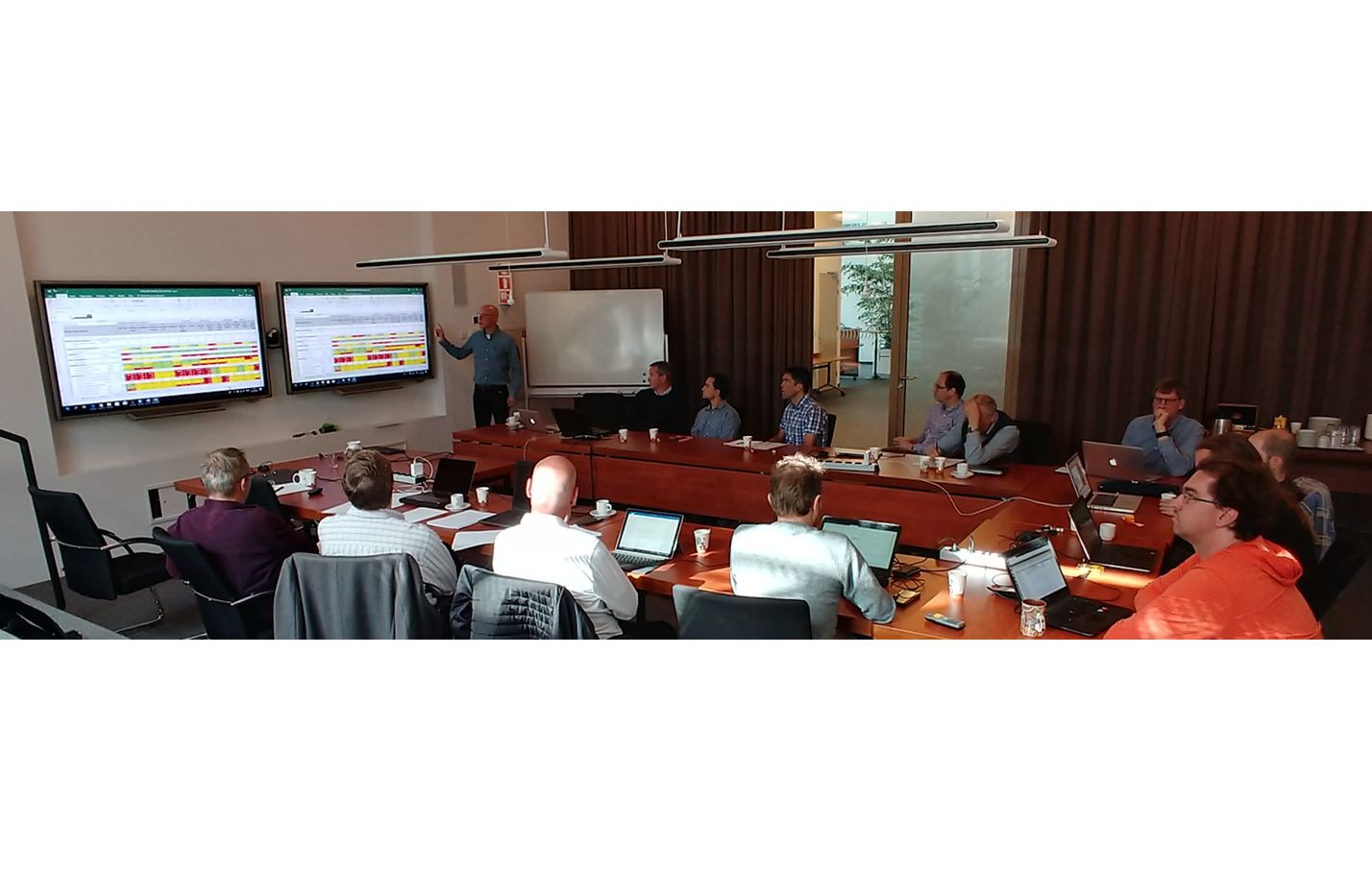 © ASTRON
© ASTRON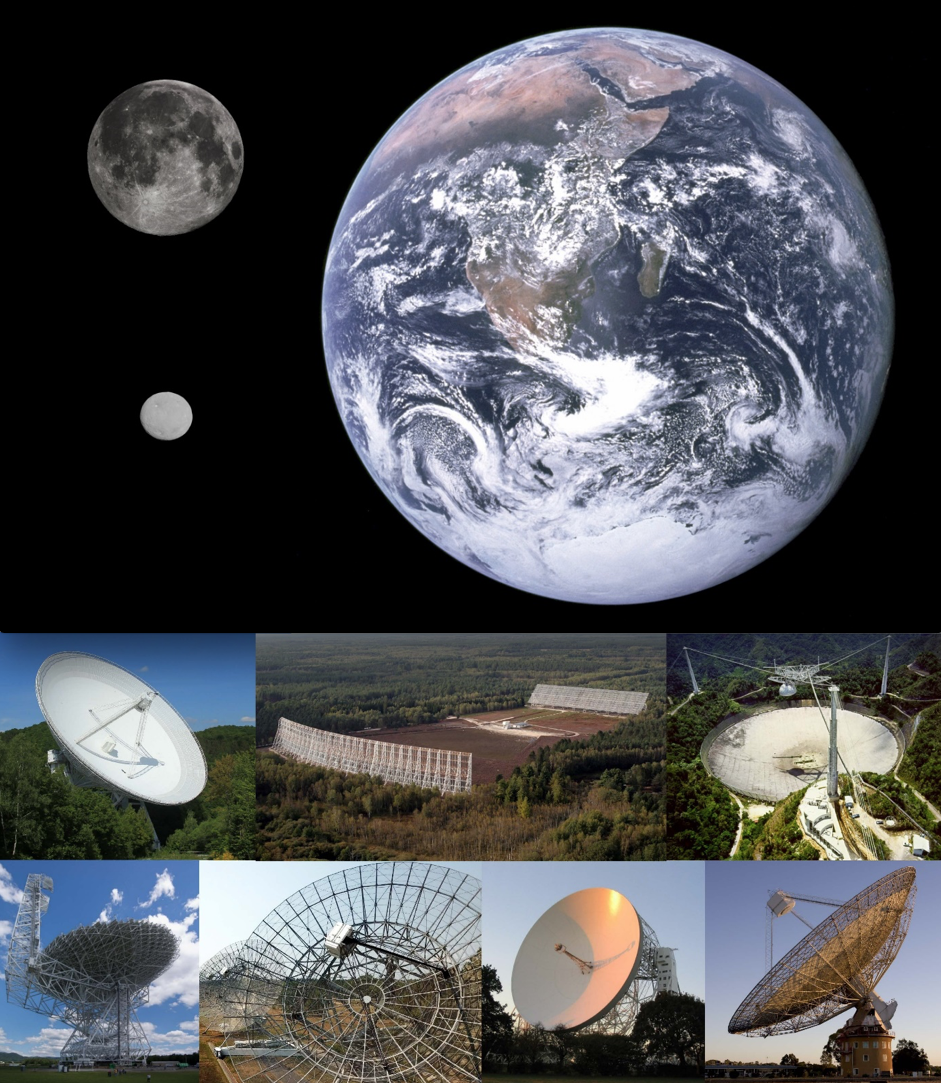 © Caballero/MPIfR/ASTRON/NASA/JPL/IPTA
© Caballero/MPIfR/ASTRON/NASA/JPL/IPTA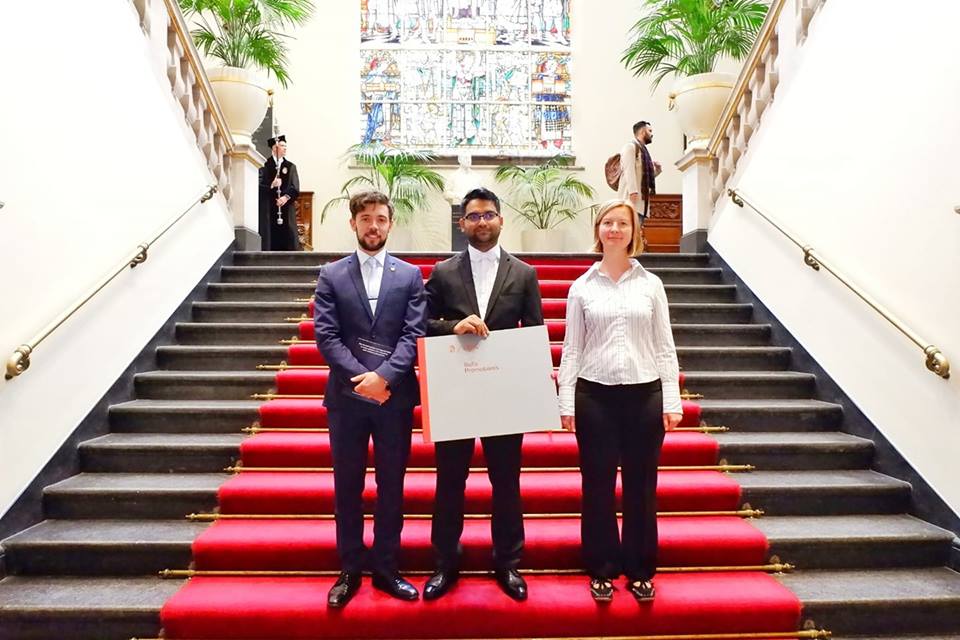 © Sarrvesh Sridhar
© Sarrvesh Sridhar © ASTRON
© ASTRON © ASTRON
© ASTRON © ASTRON
© ASTRON © NOVA/Astron
© NOVA/Astron © ASTRON
© ASTRON © ASTRON
© ASTRON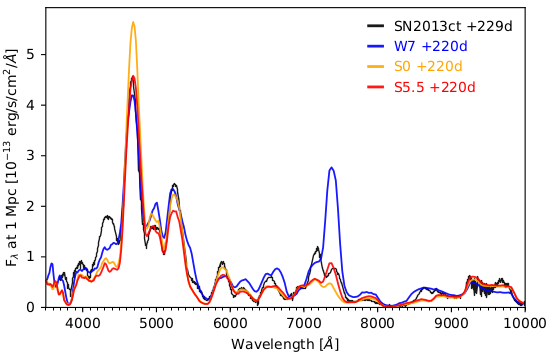 © Colloquium
© Colloquium © R. Pizzo
© R. Pizzo © Ger van Diepen, Eric Kooistra, Alex Benjamins
© Ger van Diepen, Eric Kooistra, Alex Benjamins







